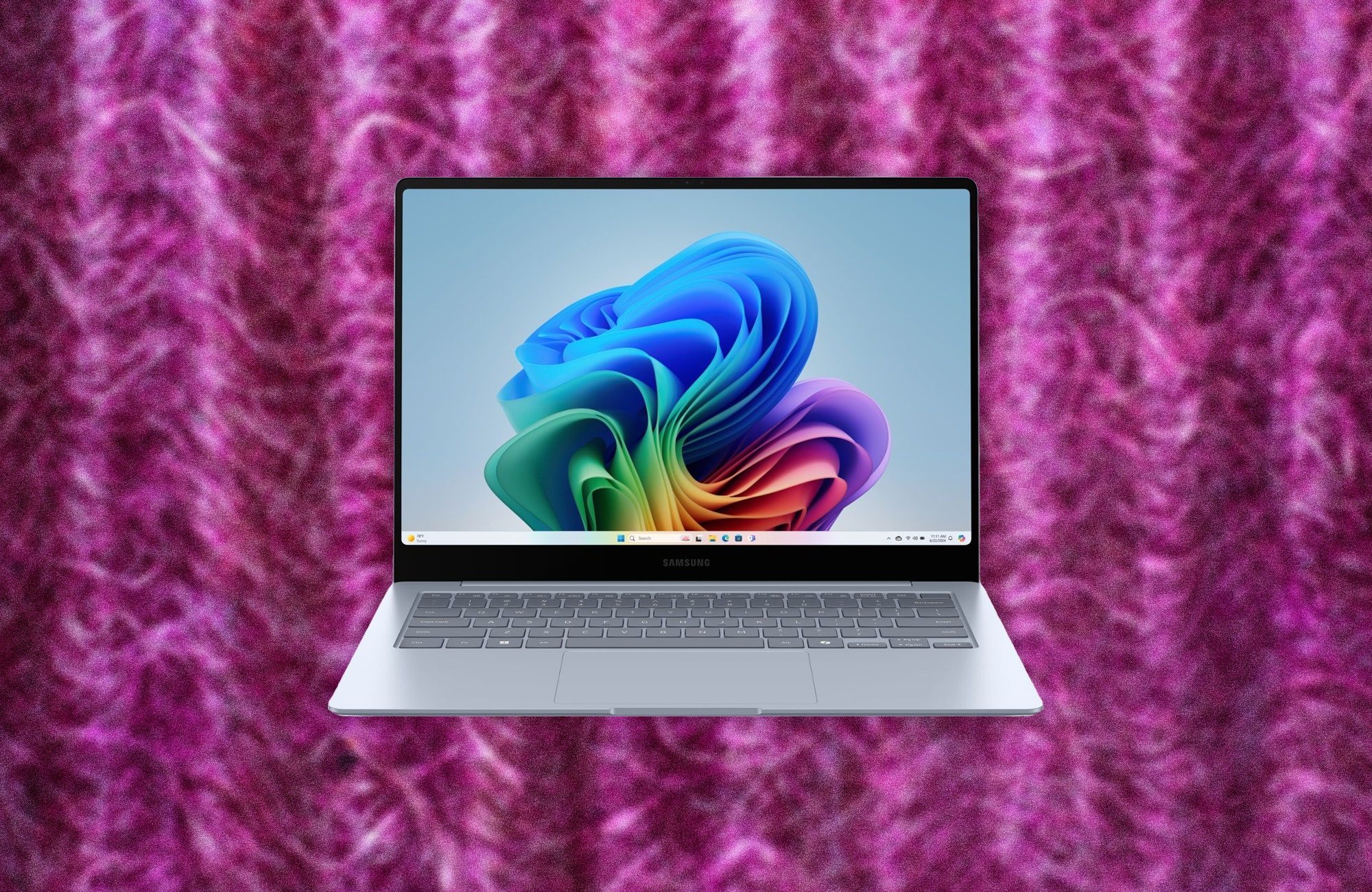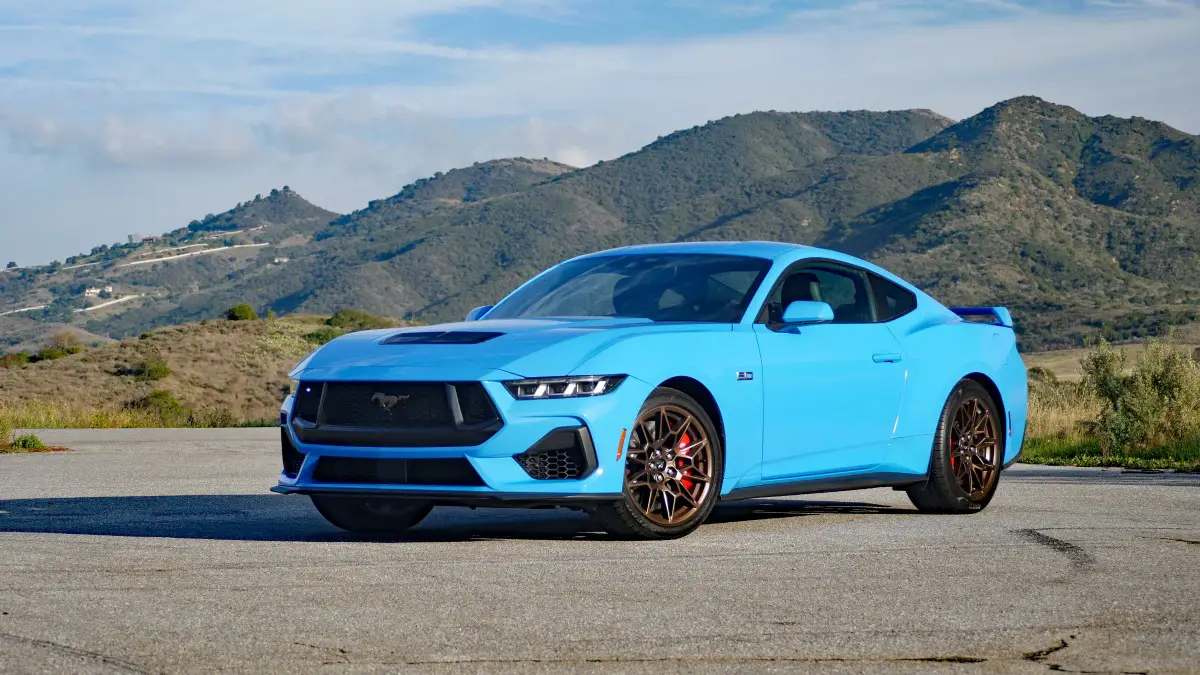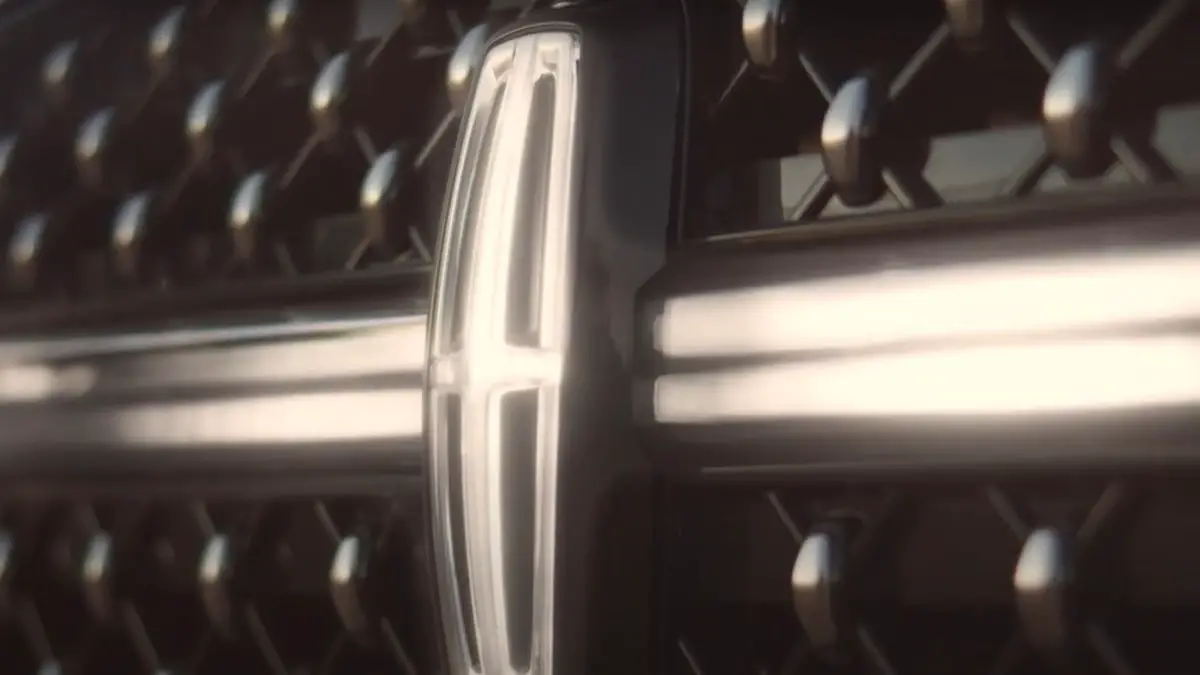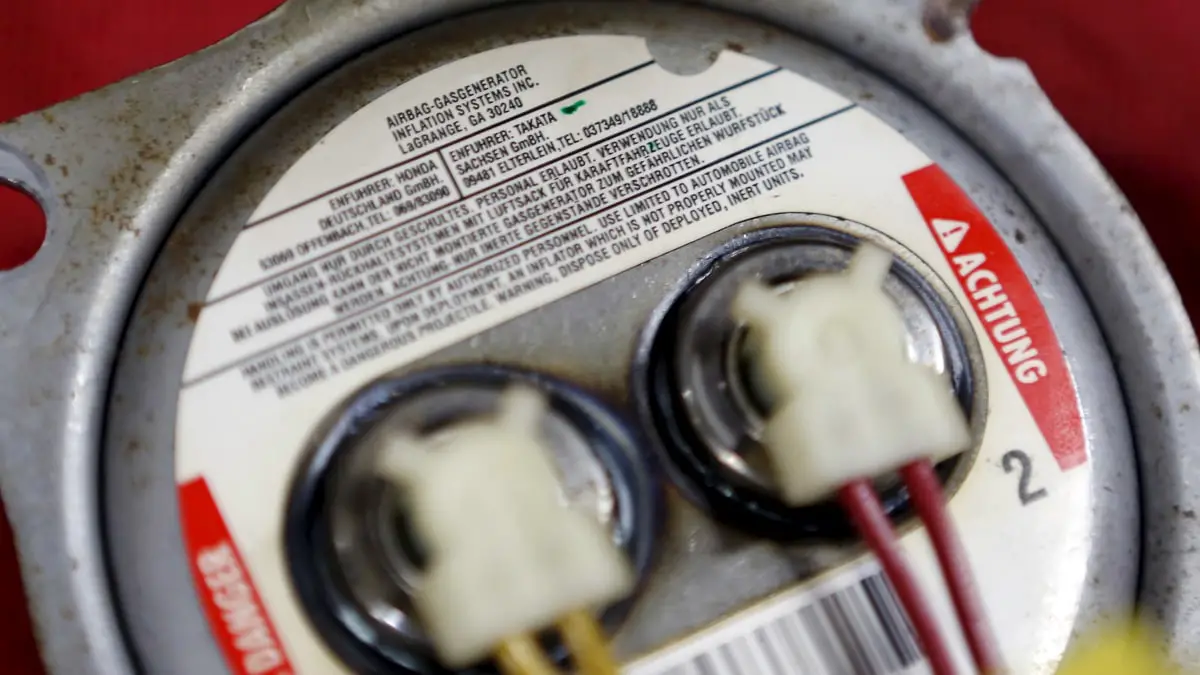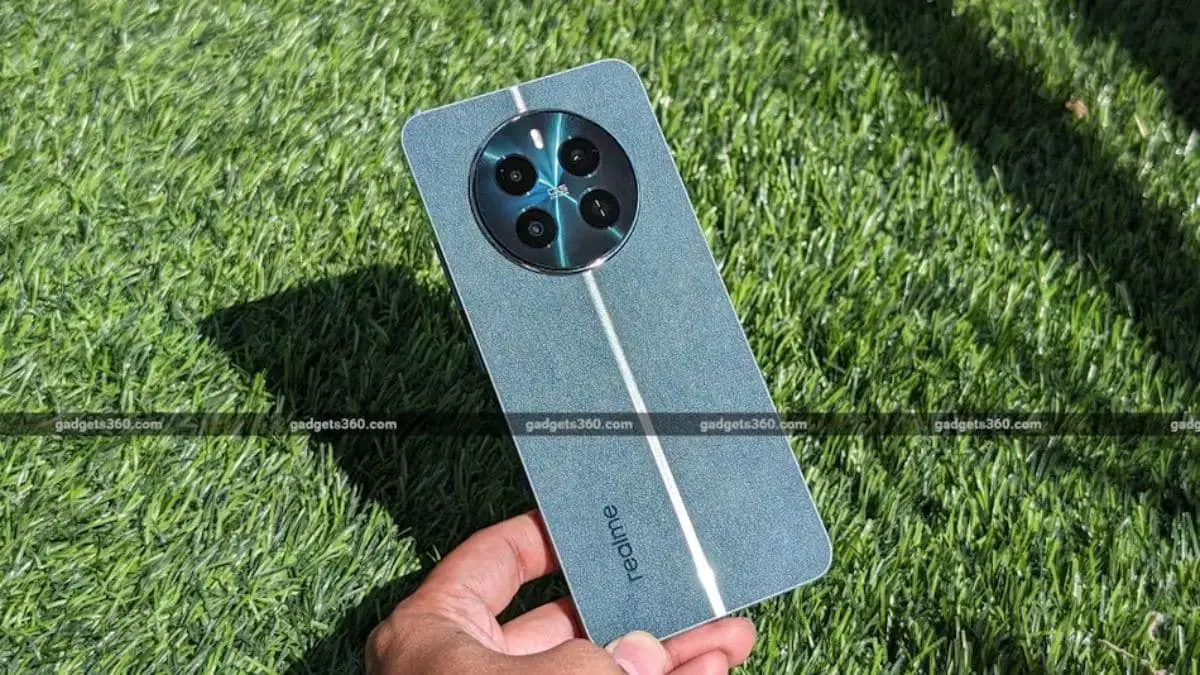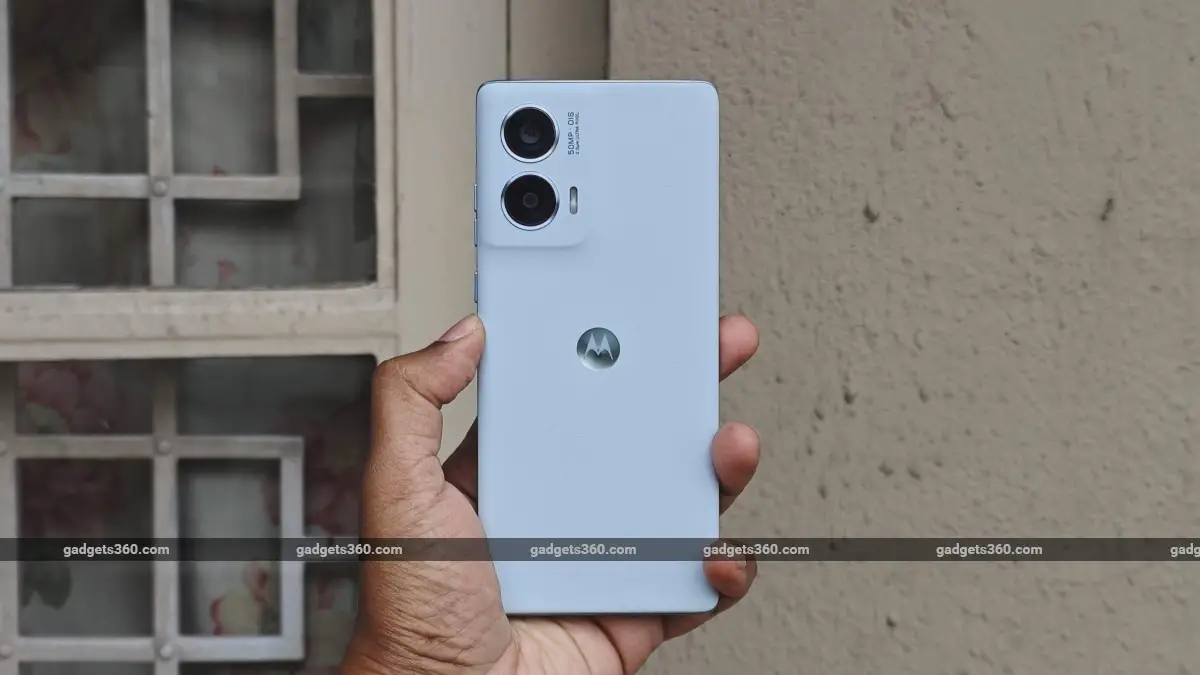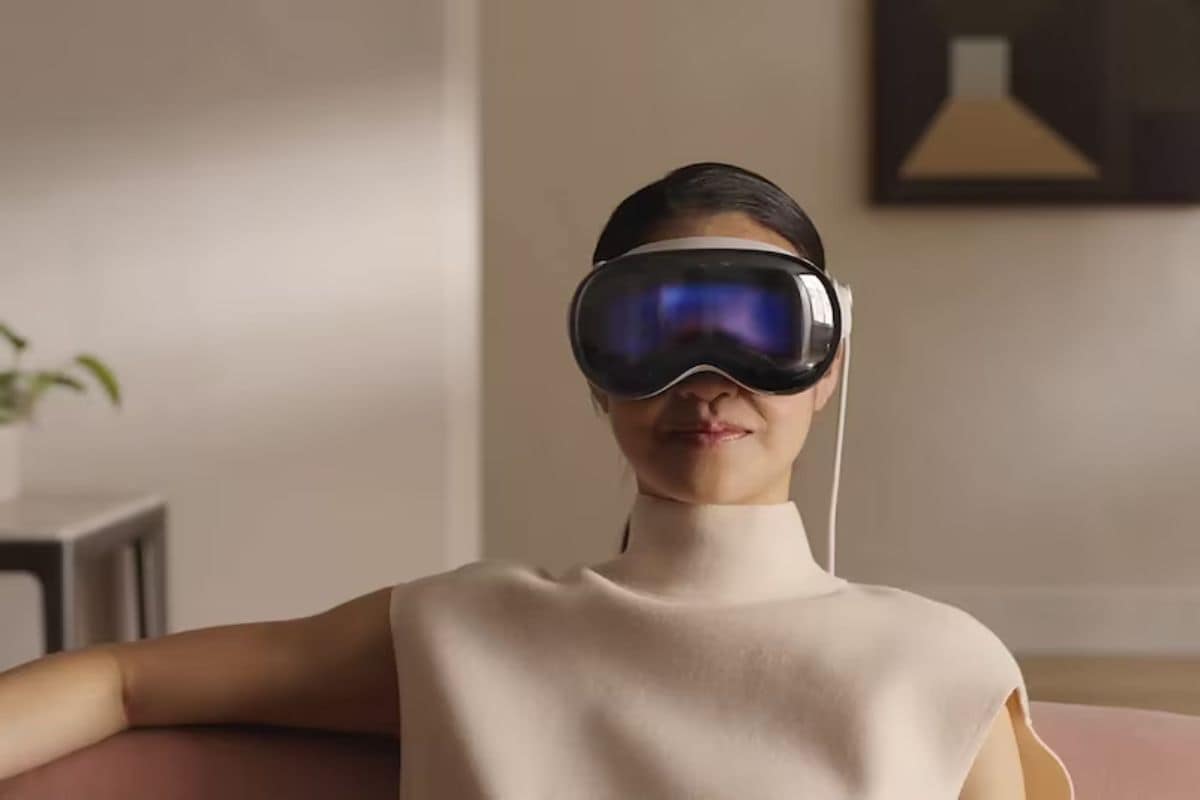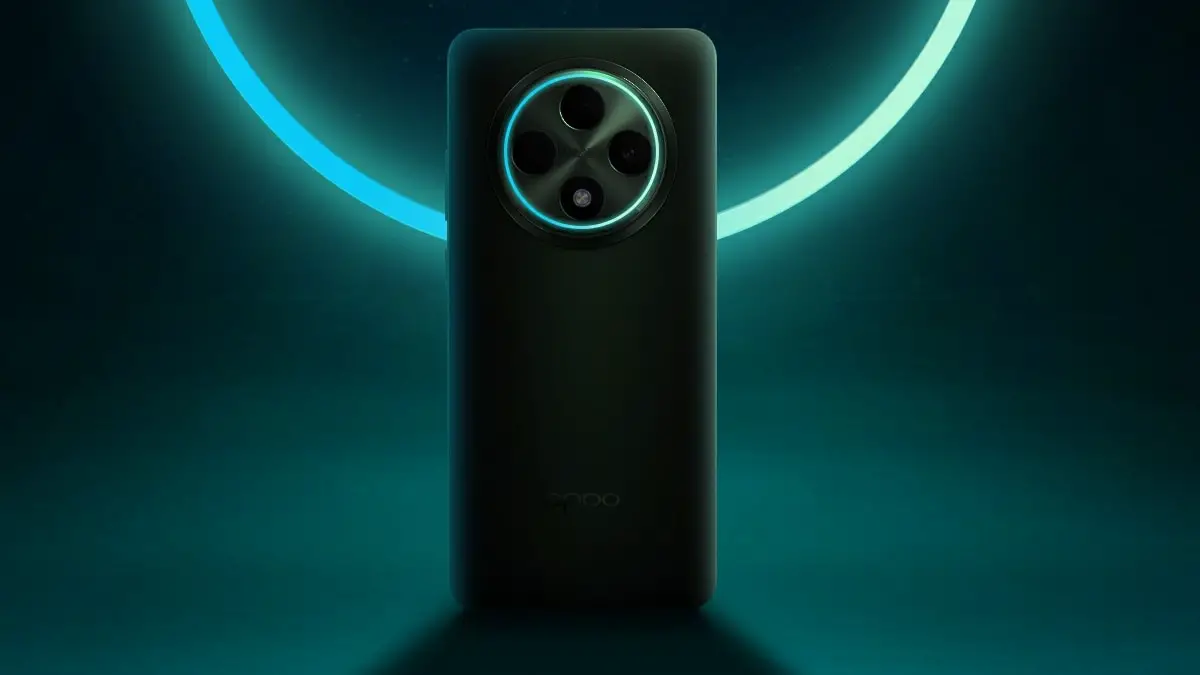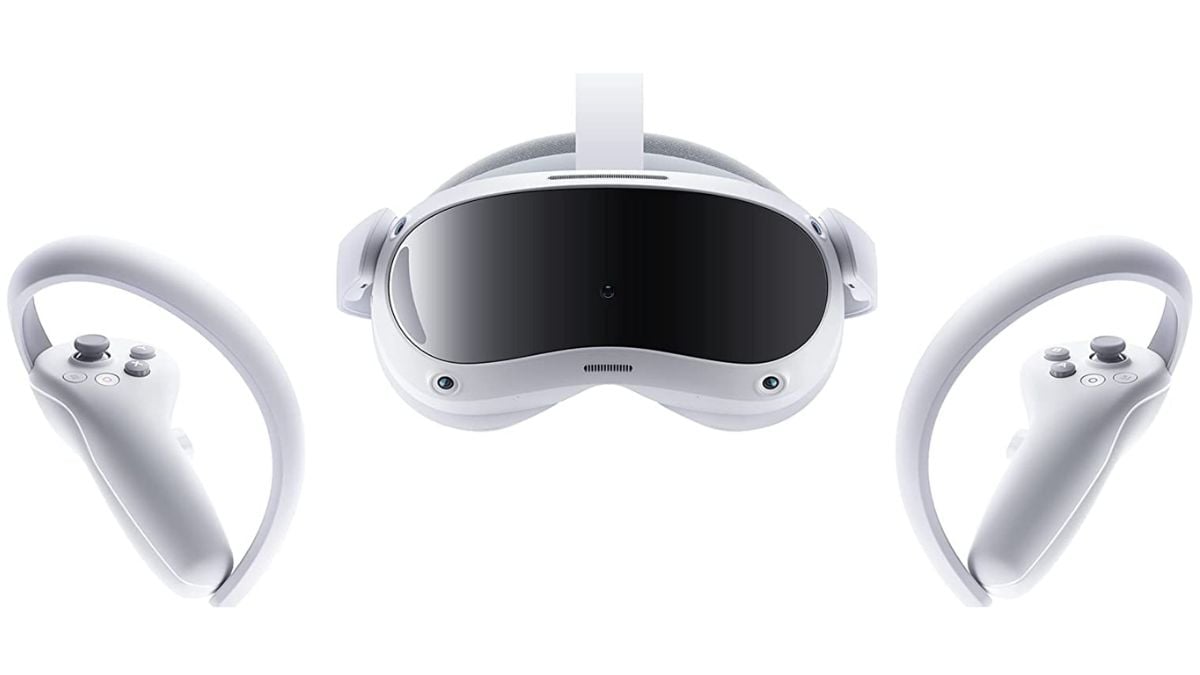If you buy something using links in our stories, we may earn a commission. This helps support our journalism. Learn more. Please also consider subscribing to WIRED
Best Windows Laptop
HP Spectre x360 14 (2024)
Best MacBook
Apple MacBook Air (13- and 15-Inch, 2024)
Best Copilot+ PC
Samsung Galaxy Book4 Edge
Best Budget Laptop
Asus Zenbook 14 OLED (2024)
Buying any laptop is a big decision. Most of us go years between making purchases of this magnitude, and there are many makes, models, and chip configurations to choose from. Lucky for you, we’ve tested many of the new releases in the past year. These are our top picks for the best laptops you can buy right now.
If you don’t know exactly what you need or what all the various hardware jargon means, be sure to read our How to Buy a Laptop guide. Check out our many other computing guides, including the Best MacBooks, Best Cheap Laptops, Best Gaming Laptops, Best Linux Laptops, and Best Laptop Backpacks.
Updated August 2024: We’ve added the Lenovo Yoga 9i, Acer Nitro 17, Samsung Galaxy Book4 Edge, and added more information about Copilot+ PCs.
Power up with unlimited access to WIRED. Get best-in-class reporting that’s too important to ignore for just $2.50 $1 per month for 1 year. Includes unlimited digital access and exclusive subscriber-only content. Subscribe Today.
If you buy something using links in our stories, we may earn a commission. This helps support our journalism. Learn more. Please also consider subscribing to WIRED
-
Photograph: HP
Best Windows Laptop
HP Spectre x360 14 (2024)
The Spectre x360 (9/10, WIRED Recommends) is a top-shelf ultralight Windows laptop. This is not the angular, design-heavy Spectre x360 of a few years ago. The latest model’s OSHA-friendly curves are clad in corporate black, silver, and blue, giving this laptop a clean, sleek design. At 19 millimeters of thickness and a 2.4-pound weight, it’s firmly in the ultraportable category.
The major upgrade for 2024 is the introduction of the AI-infused Intel Core Ultra CPU—in this instance, the Ultra 7 155H model, backed up by a beefy 32 GB of RAM and a 2-TB solid state drive. That’s not bad considering the inclusion of a touchscreen and the 360-degree hinge. Performance was outstanding, topping our benchmarks in nearly every category. The battery also did well in our tests (looping a YouTube video at full brightness), netting 10.5 hours of running time—significantly better than other Core Ultra laptops we’ve tested to date.
The Spectre x360 is light on ports, with two USB-C Thunderbolt 4 ports (one used for charging) and a single USB-A port partially covered by an awkward and unnecessary spring-loaded, flip-out panel, but it’s enough to get the job done. A pair of hinges allows the screen to fold back 180 degrees, converting the laptop into a 14-inch tablet. A fingertip works on the screen, as does the stylus included in the box, and the rechargeable active pen snaps magnetically to the side of the chassis when not in use. The only issue is that the touchpad sometimes misses taps and clicks, but it wasn’t bad enough to stop us from recommending this machine.
Specs to look for: Intel Core Ultra 7, 32 GB RAM, 2-TB SSD, 2.8K OLED Touchscreen
-
Photograph: Brenda Stolyar
Best MacBook
Apple MacBook Air (13- and 15-Inch, 2024)
Apple’s latest MacBook Air (7/10, WIRED Recommends) with the company’s M3 chip is our favorite Macbook. It’s a sleek, portable machine with plenty of power for the average person. There are two sizes to pick from—13 and 15 inches, both screens with a 60-Hz refresh rate. They are very similar, though we found the larger model had better battery life. The 15-inch is the first lower-priced MacBook with a large screen, and having all that screen real estate is fantastic for productivity. The display is easy on the eyes too, with a solid 1080p webcam sitting right above the notch. The 15-inch also features a slightly louder six-speaker sound system, but these machines are otherwise the same.
Battery life remains ahead of the competition, and macOS performance is breezy for everyday tasks like web browsing and document editing. You’ll notice some stuttering here and there if you push your devices hard with demanding apps. If you plan to do more photo or video editing, bump the unified memory to 16 GB instead of 8 GB. It’s a fanless design, so these will never sound like you’re sitting in a jet, but this Mac does tend to run warm. One big downside? It can only connect to one external monitor, which means no dual-monitor setup for you.
Specs to look for: Apple M3, 8-core or 10-core GPU, 16 GB of unified memory, 256-GB SSD
-
Photograph: Christopher Null
Samsung Galaxy Book4 Edge
Listen. I’m not saying you should buy a Copilot+ PC. These are laptops with a new designation from Microsoft, running Qualcomm Snapdragon chipsets, tuned for several new artificial intelligence features. If you decide you need one, Samsung’s Galaxy Book4 Edge (8/10, WIRED Recommends) is our king of the hill. Yes, it suffers from the same problems that impact all Copilot+ PC hardware—middling graphics performance, and compatibility issues—but these are largely overcome by the many other strengths of the device.
For starters, it has the best overall performance of any Copilot+ PC laptop we’ve encountered to date, and the larger, 15.6-inch LCD even affords you room for a numeric keypad without making the keyboard feel cramped. At AI-driven tasks like Microsoft’s real-time Live Captions, the Galaxy Book4 Edge kept up with rapid-fire dialogue in ways other Copilot+ PC devices we’ve tested weren’t able to do. It also stayed cool and quiet while cranking out a battery life of 14 and a half hours while playing full-screen YouTube videos. It’s a bit pricier than the competition, but if you want to play with AI tools, you better come prepared. The upgrade is easily worth it.
Specs to look for: Qualcomm Snapdragon X Elite X1E84100 CPU, 16 GB of RAM, 1-TB SSD
-
Photograph: Asus
Best Budget Laptop
Asus Zenbook 14 OLED (2024)
We’ve been pleasantly surprised to see more lower-cost laptops that still incorporate some measure of this season’s hottest feature—artificial intelligence-focused performance tuning. The Asus Zenbook 14 OLED (7/10, WIRED Review), the latest in the company’s line of affordable, no-nonsense laptops, is under $1,000 and uses the new AMD Ryzen 7 CPU (model 8840HS).
This is a small, portable machine (3.1 pounds and 19 mm thick), and it packs in plenty of ports despite the slim form. There are two USB-C ports (one of which is needed for charging), one full-size USB 3.2 port, a full-size HDMI output, and a microSD card reader. The keyboard has small arrow keys but is otherwise nice to type on. Read our Best Cheap Laptops guide for other picks.
Specs to look for: AMD Ryzen 7 8840HS, 16 GB of RAM, 512-GB SSD, 1,920 x 1,200 OLED Touchscreen
-
Photograph: System76
Best Linux Laptop
System76 Lemur Pro Laptop
Not into Windows 11? Try Linux. System76’s Lemur Pro (9/10, WIRED Recommends) is a thin, light 14-inch Linux laptop that strikes the best balance between power and portability. It’s based around an Intel Core Ultra 5 processor with 8 gigabytes of RAM and a 500-gigabyte SSD. You can configure the Lemur Pro with a Core Ultra 7 chip if you want more power, as well as up to a whopping 8 terabytes of storage and 56 GB of RAM. The port selection is good, with one USB 3.2 Type-C port, 1 Thunderbolt 4 port, two USB-A ports, a 3.5-mm headphone/microphone combo jack, a microSD card reader, and HDMI 2.0. The battery life is fantastic, lasting all day in most use cases, and the keyboard is pleasant enough to type on. It’s not the best for gaming or video editing, but for everything else, this is a beast of a Linux machine. Read our Best Linux Laptops guide for more recommendations.
Specs to look for: Intel Core Ultra 5, 24 GB of RAM, 500-GB SSD
-
Photograph: Framework
Best Repairable, Upgradeable Laptop
Framework Laptop 13 (2023)
If you want to buy a laptop you can keep for five, maybe 10 years, look no further than Framework’s Laptop 13 or 15 (8/10, WIRED Recommends). The user-repairable and upgradable Framework Windows laptop comes in many flavors (it’s Linux-friendly too), but we’re fans of the DIY build options, which allow you to assemble the machine yourself, screwing in SSD, RAM, screen bezel, and more. The 2023 Intel version features much-improved battery life and an excellent matte 3:2 screen. The hot-swappable, extensible port system means you can add and remove ports according to your needs. When a new chipset is released, you can upgrade instead of buying a whole new laptop.
Specs to look for: Intel Core i5 or higher, 16 GB of RAM, 500-GB SSD
-
Photograph: Razer
Best Gaming Laptop
Razer Blade 14
Razer is known for its high-end gaming laptops, and the slim, aluminum chassis on the Razer Blade 14 (8/10, WIRED Recommends) has the same luxe build quality we’ve liked it for in the past. The star of the show is the bright and vivid 2,560 X 1,600 IPS, G-Sync-compatible display with blacks so dark it almost felt like the screen disappeared in dark rooms. It’s not quite an OLED display, but it was close enough that it fooled me for hours of flying through space. Best of all, the 240-Hz panel supports ultra-high frame rates for the smoothest gameplay.
Inside, the Blade 14 comes equipped with the powerful AMD Ryzen 9 7940HS, 16 GB of DDR5 RAM, a 1-TB NVMe SSD, and an Nvidia GeForce RTX 4060 Laptop GPU (upgradeable to an RTX 4070). The RTX 4060 is decently powerful, but the RTX 4070 is a respectably strong GPU that can help power through even demanding games like Starfield. It’s worth noting that the newer Blade 14 uses the Ryzen 9 8945HS chipset, which isn’t a huge difference over its predecessor. You can save some cash with the older chip, but it’s totally fine to snag the newer one as well. If you want even more power and don’t mind the heft, check out the Razer Blade 18 (8/10, WIRED Recommends). See our full Guide to Gaming Laptops for more picks. —Eric Ravenscraft
Specs to look for: AMD Ryzen 9 7940HS or 8945HS, Nvidia GeForce RTX 4060/4070 Laptop GPU, 16 GB of RAM, 1-TB NVMe PCIe SSD, 14-inch 2,560 X 1,600 IPS display w/ 240-Hz refresh rate.
-
Photograph: Asus
A Dual-Screen Dream Machine
Asus Zenbook Duo (2024)
The latest version of the Asus Zenbook Duo (9/10, WIRED Recommends) looks like a standard 14-inch laptop, perhaps a little on the thick side. When you open the lid you’ll find the usual keyboard and trackpad, but the keyboard is attached to the chassis magnetically — lift it off and you’ll find a second 14-inch touchscreen display hidden underneath. Normally, something this unusual gets the tag “not-for-everyone” but not so in this case. With two bright, 14-inch, 2,880 X 1,800 pixel screens and a variety of configurations possible, two is better than one. The Zenbook Duo can be laid flat on a table or turned on its side to give you two portrait-oriented screens next to each other. Or it can be propped up on its kickstand with the two screens on top of each other and the detached keyboard sitting in front. You can also use it as the regular old laptop it looks like at first glance.
With an Intel Core Ultra 9 185H CPU with 32 GB of RAM, with a 1-terabyte solid-state drive, the Duo is no slouch. Unfortunately, there is no option for discreet graphics, which makes it not so great for gaming and video editing, but for other use cases it more than handles the load. Two screens do not make for great battery life; we got just 6 hours and 48 minutes of YouTube run time with one screen active, and that drops to 5 hours and 13 minutes with both running. Still, as a mobile workstation, the Zenbook Duo is hard to top. Just make sure you stay reasonably close to a power outlet.
Specs to look for: Intel Core Ultra 9, 32 GB RAM, 1 TB SSD, 3K screen
-
Photograph: Apple
Best MacBook Upgrade
Apple MacBook Pro (M3 Max, 16 Inch)
If you’re an Apple user looking for more power, the MacBook Pro has always been the place to turn. The 14-inch model can be configured with the entry-level M3 chip—replacing the 13-inch Macbook Pro, which Apple no longer sells through its store. The 16-inch can be paired with the M3 Pro or M3 Max. Both feature Apple’s Mini LED screens (providing deeper blacks and rich color like on the 2022 iPad Pro), with a 120-Hz refresh rate for smoother-looking interactions. You also once again get a variety of ports, including three USB-C ports with Thunderbolt 4 (the 14-inch version with M3 has just two), an SD card slot, a headphone jack, an HDMI port, and a MagSafe charging port.
Of the three processor choice options, the M3 Pro and M3 Max are significantly more powerful than most people need. If you’re not editing 4K videos or rendering 3D models you probably don’t need the top-end chips. We do recommend going for 16 gigabytes of unified memory though as you can’t upgrade that after the fact.
Specs to look for: 16-inch M3 Max, 36 GB of unified memory, 256-GB SSD
-
Photograph: Dell
Best MacBook Pro Alternative
Dell XPS 14 and 16
Dell’s two new XPS laptops (7/10, WIRED Recommends) are aimed at Windows users with Macbook jealousy. The design, specs, and sizes line up perfectly with Apple’s offerings. The XPS 14 and 16 both have a gorgeous, sleek design, wonderfully bright and sharp OLED screens (with 120-Hz screen refresh rates), and are plenty speedy for everyday tasks. Unfortunately when it comes to more intensive tasks like video editing, the MacBook’s benchmarks run circles around the XPS 14. The larger XPS 16, which uses the more powerful RTX 4070 graphics card, fared much better but costs more than a similarly powerful Macbook.
The XPS 14 and 16 are both beautiful, well-designed machines. They’re plenty capable for most use cases, though heavy gamers and video editors will want to look elsewhere. They’re expensive for what you get, but if you don’t mind paying a premium for first-class build quality with clean, eye-catching design, then the XPS 14 and 16 are solid laptops.
Specs to look for: Intel Core i7, Nvidia GeForce RTX 4050 (or better), 16 GB of RAM, 512-GB SSD.
-
Photograph: Best Buy
Best 2-in-1 Laptop
Lenovo Yoga 9i 2-in-1 (14-Inch, 2024)
The Lenovo Yoga 9i (8/10, WIRED Recommends) immediately earned its street cred upon launch in 2020, making a name for itself as one of the most versatile laptops on the market. These 2-in-1s— or convertibles—are distinguished by their ability to fold completely open and then keep on folding until the screen is flat against the underside of the laptop. This lets them do double-duty as a tablet or be folded into various shapes for use as a presentation device. Lenovo’s 2024 edition of the Yoga 9i edges out our previous favorite, the HP Envy x360, though nothing much has visibly changed with the device of late. Rather, it’s a boost under the hood courtesy of Intel’s Core Ultra CPU and a better 5-MP webcam that provides an all-around better user experience than ever.
A trio of USB-C ports and one USB-A port provide ample connectivity if you want to spread your wings. The only real issue? Battery life is surprisingly low, so don’t stray too far from a power outlet.
Specs to look for: Intel Core Ultra 7 155H CPU, 16 GB of RAM, 1-TB SSD
-
Photograph: Apple
Best Cheap MacBook
Apple MacBook Air (M1, 2020)
The 13-inch MacBook Air from 2020 is still a solid machine for the money (9/10, WIRED Recommends). It was the first from Apple to ditch Intel chips for the company’s very own M1 processor. Even with the new MacBook Air and its M3 processor (see above), this older version is just as appealing considering Apple dropped the price at third-party retailers to $699.
Battery life is great, easily lasting more than a full workday, and we’ve encountered fewer hiccups with performance (and fewer thermal issues) with this MacBook over the latest Air. It’s not as svelte as the latest Macs, but it’s still slim and lightweight with good speakers, an excellent keyboard, and a nice screen. We love how it now instantly wakes from sleep, just like an iPhone or iPad. If you want a Mac and aren’t planning on taxing it too much with demanding tasks like video editing, this is the MacBook you want. All that said, this one is getting a bit old, and we’ve seen the M3 MacBook Air for just $849 on sale, so it might be worth saving up the extra $200 and getting a more modern experience.
Specs to look for: Apple M1, 8 GB of unified memory, 256-GB SSD
-
Photograph: Lenovo
Best Chromebook
Lenovo Flex 5i Chromebook Plus
Do you think of a laptop as metal framing around a web browser? Consider a Chromebook with Chrome OS. Google recently rolled out a big upgrade called Chromebook Plus. The “Plus” stands for better performance—faster processors, more memory, more storage, and better video cameras. Our favorite of the models we’ve tried is Lenovo’s Flex 5i Chromebook Plus (8/10, WIRED Recommends). It’s the fastest Chromebook we’ve tested. It features a 3.75-GHz Intel Core i3-1315U CPU, 8 GB of RAM, and 128 GB of flash storage. The Flex 5i has two USB-C ports (one is used for charging) plus one USB-A port. You also get a microSD card slot for expanding the storage capability, making this a good choice for those who don’t want to keep everything in the cloud. The 14-inch touchscreen uses a 2-in-1 design, making it ideal for media streaming. As on most Chromebooks, the screen isn’t the best, with mid-level brightness and a standard 1,920 x 1,080-pixel resolution.
Alternative: The Acer Chromebook Plus 515 ($399) is a 15-inch Chromebook Plus model (8/10, WIRED Recommends) with the same internal components as the Lenovo above. The battery life for this one is a solid 8.5 hours of full-screen video playback time. The Acer offers an HDMI 1.4 output jack in place of the Lenovo’s microSD card slot, making this one a better choice if you frequently need to give presentations or otherwise use the HDMI port. There’s also the smaller Chromebook Plus 514 ($380) that’s equally great.
-
Photograph: Acer
A Big-Screen Budget Gaming Rig
Acer Nitro 17 (2024, AMD)
With a screen that measures 17.3 inches diagonally, Acer’s Nitro 17 (8/10, WIRED Recommends) offers the largest screen you can comfortably tote with you, even with an oversized bag or backpack. Not that we’d really recommend it: At 6.3 pounds, this is a laptop that best moves from desk to desk rather than from country to country.
What you lose in portability however you gain in power. This AMD- and Nvidia-equipped monster can chew through anything you throw at it: video games, AI jobs, and, yes, even spreadsheets. Features like tunable color backlighting on the keyboard and endlessly tweakable system settings (including things like fan speed control) make this a hacker’s dream system, though you’ll need to stay close to a power outlet, as the full-tilt experience will drain the battery in less than three and a half hours. The price is what seals the deal for us: At just $1,250, you won’t get a better price for performance from any other laptop on the market.
Specs to look for: AMD Ryzen 7 8845HS CPU, Nvidia GeForce RTX 4060 GPU, 16 GB of RAM, 1-TB SSD
-
Photograph: Dell
Other Good Laptops
Honorable Mentions
Samsung Galaxy Book4 Ultra for $2,500: There’s much to love here (7/10, WIRED Review), but that price. Ouch. You get what you pay for at least, with the new Intel Core Ultra 9 185H processor, the current top-of-the-line processor in Intel’s Core Ultra CPU lineup, along with an Nvidia GeForce RTX 4070 graphics card. The 16-inch AMOLED 2,880 x 1,800 pixels touchscreen is magnificent to work on and performance blew everything else we’ve tested out of the water. But that price.
Acer Swift Go 14 for $800: This one is very similar to the Asus Zenbook 14 OLED, our top budget laptop. We found the Asus to be a little faster and have a much nicer build quality, but the Swift Go still offers outstanding performance, especially considering the price (7/10, WIRED Review). It also boasts an impressive 15-hour battery life. The downside is the speakers, which aren’t great, and overall the body feels a little plasticky. But this is the least expensive Intel Core Ultra laptop we’ve tested by a few dollars, so if the budget is tight, the Swift Go is worth considering.
Lenovo Yoga Slim 7x Copilot+ PC for $1,200: Lenovo’s svelte Slim 7x (7/10, WIRED Review) isn’t exciting, but it offers the best price-to-performance ratio of the many Copilot+ PCs we’ve tested. Battery life and performance are standouts, though the fan does tend to run loud.
Microsoft Surface Laptop (7th Edition, 2024) for $1,600: Want a Windows laptop straight from the horse’s mouth? Buy the 7th Edition Surface Laptop (7/10, WIRED Review). Performance is solid as is battery life, and you get a smooth 120-Hz display. It’s just way too pricey for what you get. Read our Best Surface Laptops guide for more.
-
Photograph: Charles O’Rear/Getty Images
Laptop Buying Tips
How to Choose the Right Laptop for You
If none of these laptops quite rings your bell, that’s OK! There are far more laptops than we have time to test. To help you make smart choices, we put together a complete laptop buying guide. We recommend sticking to these guidelines:
- RAM: Make sure you get at least 16 GB of RAM. 32 GB is even better and means you never have to worry about running out of memory.
- Intel Core Ultra 7 or 9: The 2024 launch of the Intel Core Ultra line brings a Neural Processing Unit (NPU) to the laptop experience, and while few users will need one today, within a couple of years we’ll all probably be leaning on them pretty heavily. If you don’t opt for a Core Ultra 7 or 9 CPU now, at the very least grab last year’s state-of-the-art, the 13th generation Intel Core, preferably an i7 instead of the slower i5 or i3. You’re likely to find good closeout deals on these if you shop around.
- … or, AMD Ryzen 7: AMD and Intel continue to spar for mainstream CPU dominance, and the Ryzen 7 line, with model numbers in the 8000s, is today’s bare minimum. These machines are affordable enough that it doesn’t make sense to look to slower or older AMD processors if you can even find them.
- Discrete graphics: Want to play video games on your laptop? You’ll need a standalone graphics processor, preferably an Nvidia GeForce 4000 series or better. No matter what vendors say, integrated graphics won’t cut it, and they probably never will.
- Screen resolution: The display depends on the size of the laptop. A 1080p (HD) screen on a 13-inch laptop looks good enough. A 1080p screen on a 15-inch laptop does not. If you spend all day staring at your screen, a higher-resolution screen (like a 4K screen) can ease eyestrain. Brightness is measured in nits, go for at least a 300-nit display if possible.
- Connectivity: Ports are important; we suggest at least two USB-Cs and prefer to have at least one USB-A for those legacy devices. (Remember that most laptops today use one of those USB-C ports for the power adapter.) Also, make sure there’s Wi-Fi 6E support or better. Even if you don’t have a Wi-Fi 6E router yet, it’s a good bet you will in the future (see our guide to routers if you need a new one).
- 10 hours of battery: Make sure it’s advertised to get at least 10 hours of battery life if not more. Realistically, that should be enough to get you through a workday.
-
Photograph: Chris Null
What Is a Copilot+ PC?
You are not alone in your confusion over this new laptop spec, which has been the biggest news to hit the PC space in a while. First, you might note that almost all new Windows laptops have a Copilot button to the right of the space bar, the tapping of which opens Microsoft’s “everyday AI companion,” Copilot. Surprise! This does not mean you’re using a Copilot+ PC.
Copilot+ PC is not a button but rather an AI-focused Microsoft specification that manufacturers can receive by packing their laptops with an AI processor capable of 40 TOPS (trillion operations per second) and coupling that with “all-day battery life.” Ironically, neither Intel nor AMD can claim either of these things, which has allowed Qualcomm’s brand-new Snapdragon CPU to emerge as the only chip available on any Copilot+ PC on the market today (which, of course, was the plan all along).
What can a Copilot+ PC do? Three things: It can run Cocreator inside Microsoft Paint, where you draw something and the AI finishes it for you (or tries to, anyway). Windows Studio Effects can clean up video calls and provide creative filters. And Live Captions can translate— in real-time—44 languages into English either from a streaming source or from the laptop’s microphone. Copilot+ PC’s most talked-about feature is Recall, which lets you find that one piece of information you know you saw three days ago but can’t remember where, but it’s been delayed due to (extremely valid) privacy concerns.
It all sounds great, right? Well, the problem is that the Snapdragon CPU can’t exactly run everything that the big boy CPUs can because the CPU architecture is ARM, not x86. Though it has an emulation system built in to translate apps from x86 to ARM, there are lots of apps that Copilot+ PCs choke on. The Snapdragon chip’s graphics performance is the worst of any major CPU too. The good news is that the promise of “all-day” battery life is no joke. It’s the one place where Copilot+ PCs do come through on their claims.
So, do you need a Copilot+ PC? Well, do you want to be able to sketch out a crude picture of a leprechaun that you dreamed about last night and have Windows fill in the details for you thanks to the power of AI? Maybe don’t answer that.

